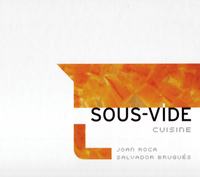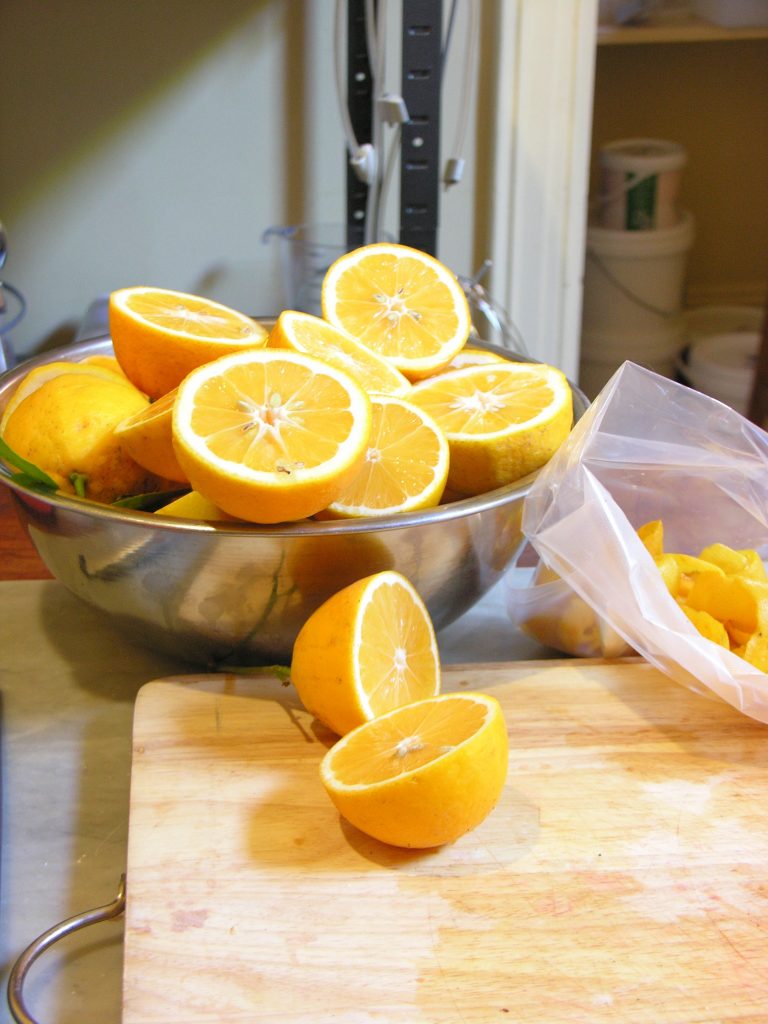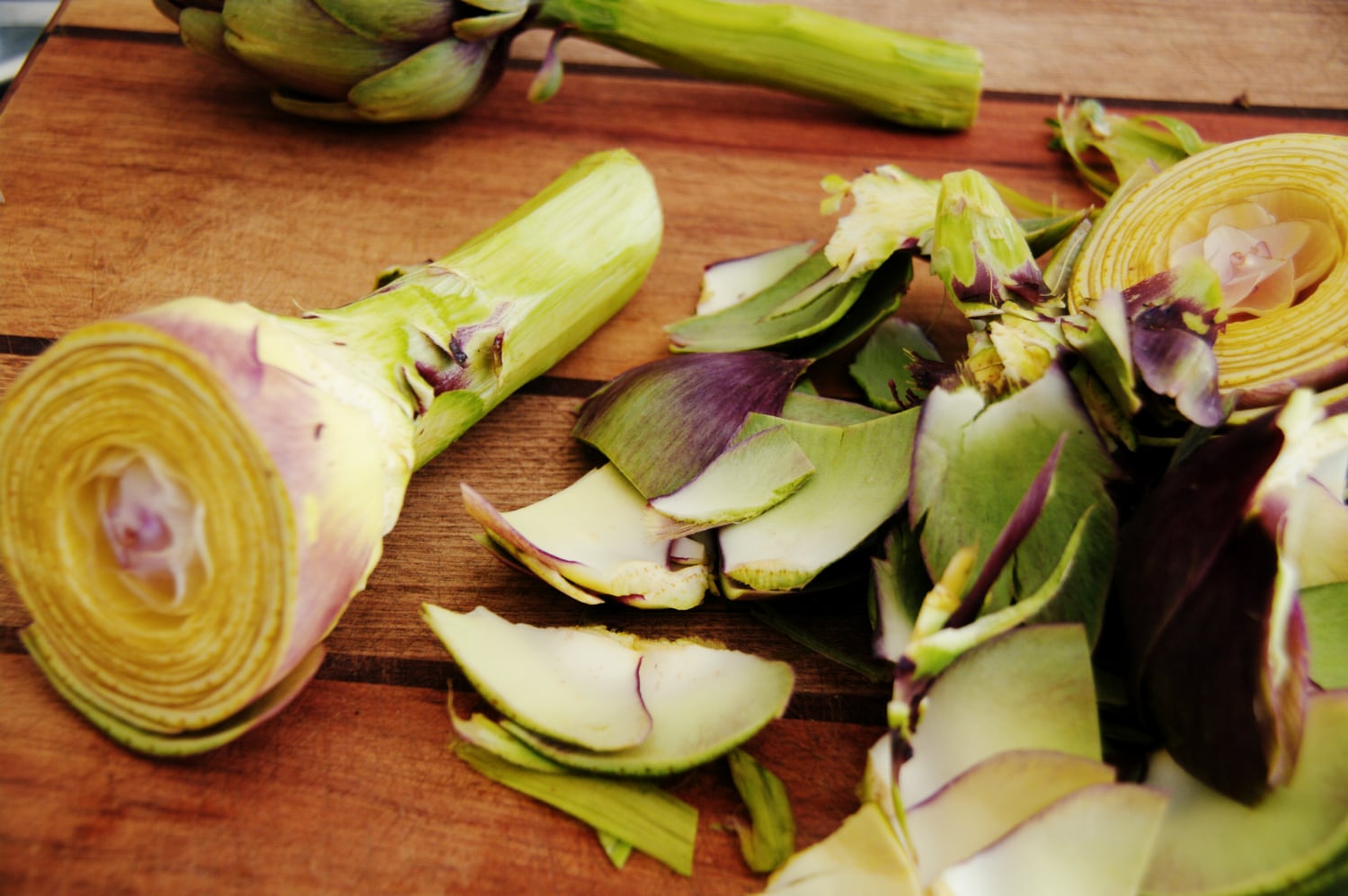classic artichokes


There are times when you have to wonder the worth of a vegetable, when by the time you get to the part you can eat you have thrown almost two thirds into the compost bin. No vegetable is more challenging than the artichoke.
Artichokes are the enemy of wine altering the palate sensory perception so they are served more for home cooking than they are in our professional cooking. At the end of every artichoke season, with our fingers scratched and pricked and stained black from cleaning them we swear that we are never going to bother again and yet each year we can never resist. Artichokes and prickly pears are the irresistible thorny devils of the gastronomic world.
While cleaning them I always think with envy of the Venetians who can buy them in the markets of Venice, cleaned and ready to go swimming in acidulated water at every vegetable stand. These stall holders spend their spare time preparing the artichokes and they are plonked like goldfish into a plastic bag with a little of the acidulated water to keep them white while they are being carried home. How easy is that? It comes as a surprise that with modern technology and vaccing that some clever person hasn’t thought of selling them raw and ready to go, available from the refrigerator section of you local food store. We have discovered that people buy artichokes and never do anything with them because they are just not quite sure how to go about preparing them.
When working for Rockford Wines and cooking for their Stonewall Table I arrived early prepared to put the love in and do my share of artichoke pickling. To my dismay there were six huge crates of artichokes in the produce coolroom. They were everywhere and I rightly guessed there would be more the next day and the day after that. Here it is necessary to add that in the Krondorf Garden they grow many heritage species of artichoke and the particularly nasty spiky one is called French Purple so unless you are a sadomasochist don’t bother planting them. Four crates and five hours later, my left hand well protected with my mesh glove only had a couple of cuts but my right hand was black to the palm and full of tiny cuts. I have filled the largest pot in the kitchen with prepared artichokes but the mound of compost is three huge buckets and the amount result for the effort niggles when I think what else could have been achieved in the same time.
The truth is the memory fades, especially when in summer they are added to anti pasta, turned into all manner of great dishes that because of the love that has been put into their preparation, take just minutes to prepare. The reason we rarely see fresh artichoke dishes in Australia like stuffed artichokes with rocklobster, crumbed and deep–fried and served with a good Hollandaise is the amount of labour it takes to prepare them from scratch. The other reason is that boiled plain and not put into oil they have a very short shelf–life, which is no encouragement because it leads to waste.
We figure that the main reason people are reluctant to have a go at artichokes themselves is they don’t know how to go about it. We pickle them in two different ways one the tried and true method recommended by Michael Voumard from the brilliant little book we have often mentioned Preserving The Italian Way by Pietro Demaio P/B about $25 and the other and less traditional way is by the sous–vide method and we use a slightly modified technique from the equally brilliant book SOUS–VIDE CUISINE Joan Roca and Salvador Brugués English edition published by Montagud Editores, H/B around $200. The advantage of sous–vide is they are cooked and packed in a single action and require much less oil so they work out considerably cheaper and there is a labour saving.
AO 29 AUGUST 2023

preparing
the
artichokes
We normally dropped the artichokes as they are prepared into heavily acidulated water to keep them from discolouring, about one litre of lemon juice or white wine vinegar per five litres of water works well and vinegar is certainly the cheaper option. Adding 10g of citric acid is also a help. We haven’t tried it because the gluten free dietary requirements are a pressure in commercial cooking but Demaio suggests adding a handful of flour to the holding water. Since every recipe we have tried from his brilliant book has worked we have no reason to doubt the worth of this idea.
step 1
Pull the leaves from the stem and peel the stem with a peeler.
Step 2
With a sharp knife cut the top off just above the first row of petals from the stalk end.
step 3
Pull back the outer tough petals until you get to the softer white flesh.
Step 4
Cut the artichoke into half lengthwise.
step 5
This is only necessary with older large artichokes. Use a melon baller or teaspoon to remove the furry choke.
step 5
Drop the prepare artichoke into the acidulated holding water.





IMAGE COPYRIGHT © THE GARDENERS PATH
artichokes
in oil
Recipe reference Pietro Demmaio, Preserving the Italian Way
.to cook the artichokes
500g white wine vinegar
1kg water
5 bay leaves
2 cloves
30g quality salt
1kg [approx] prpepared artichokes, drained and rinsed [1]
[1] it is a good idea to size the prepared artichokes once they have been rinsed and cook them in batches.
Put the vinegar, water, bay leaves and salt into a large stainless steel or enamel pot and bring to the boil. Add the artichokes, bring back to the boil and cook for 2-5 minutes until they are just tender. Drain in a colander until they are cold and well drained.
Wearing food service gloves bottle in sterilised jars with good olive oil. Store in a cool dark place.
COOK’S NOTE
Demaio suggests adding garlic to the oil. This is not a practice we support as there can be issues with garlic in preserves. We think it is easier and tastier to add fresh garlic and herbs at the time of serving.


sous-vide artichokes
Drain and rinse the prepared artichokes and pat dry with a clean cloth.
Pack the artichokes, sorting them by size into sous–vide bags add sea salt and freshly ground black pepper, slices of lemon and a small amount of your favourite Extra Virgin olive oil.
The next step is important. Vac the packs and shrink the bags by dropping them into rapidly boiling water for a couple of minutes and then into ice and water.
Cook at 90°C for 45 minutes. Rapid chill in an ice-bath and store in the fridge or a cellar.

"
celebrating and ancient
the regal
wild thistle
An ancient in terms of a cultivated food artichokes are a close relative of the wild thistle and before cultivated artichokes became readily available in the mid–eighties we did occasionally harvest old wild full blown thistles and preserve them.
ABOUT
We have 42 years history at the highest level
in the food and wine industry and the passion for our craft remains undiminished…
read more
ON cuisine-extreme
- People
- Kaaren Palmer Champagne
- Recipes
- News and Events
NEWSLETTER
to get the latest news, tips, and advice.